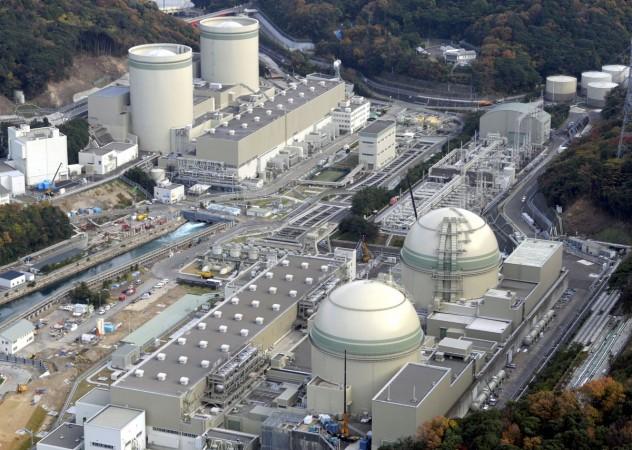
Five years after the earthquake-triggered tsunami struck the Fukushima Daiichi nuclear power station in Japan, causing multiple meltdowns, authorities are still struggling to contain the effects of the radiation leaking from the fuel rods.
The plant's operator, Tokyo Electric Power Co (Tepco), had specially developed robots to collect the fuel rods, but, according a Reuters report, the radiation levels were so high that the robots wiring was immediately damaged, rendering it useless.
The robots were developed as fuel rods melted through their containment vessels making sections of the plant dangerous to humans.
"It is extremely difficult to access the inside of the nuclear plant," Naohiro Masuda, Tepco's head of decommissioning said in an interview. "The biggest obstacle is the radiation."
According to the report, Tepco has been developing these robots for over two years and each robot has been custom-designed to navigate each building. Capable of negotiating obstacles and wading through water, the robots have been designed to navigate the buildings and retrieve the fuel rods.
Another monumental concern for Tepco is what to do with the stored water, said Akira Ono, the site manager. His biggest worry is the irradiated water could leak into the sea, like it has before .
While Tepco has been severely criticised for its handling of the disaster, it has, however, seen a certain amount of success as it successfully contained hundreds of spent fuel rods stored in another building. Workers operating in shifts ensure that the work is constantly underway, removing debris, laying piping and building storage tanks to store irradiated water.

















